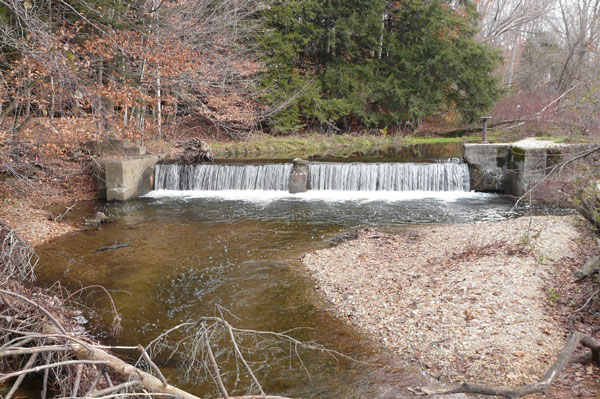A Campaign to Accelerate Wetland Restoration Across the Commonwealth
Healthy wetlands provide many important benefits: supporting a wide diversity of native plants and animals, filtering and storing water, and reducing flooding. Wetlands are also essential to climate action, capturing carbon out of the atmosphere up to 10 times faster than mature forests.
But our salt marshes, freshwater wetlands, and rivers need help to reverse damage from past land uses and provide resilience to the impacts of sea level rise, more intense storm events, and more frequent droughts.
Unfortunately, the current regulation and permitting system makes doing beneficial wetland restoration work difficult, while allowing historic wetland degradation and destruction to remain in place, causing more damage every day. Mass Audubon is working with our partners and members to help solve these challenges to benefit people and wildlife
How You Can Help
An Act Accelerating Wetlands Restoration (H.1052/S.557) is before the State Legislature right now, and if passed, would address key permitting issues for low risk, simple restoration actions such as healing ditches in salt marshes and hand pulling of invasive plants in wetlands.
Tell your legislator you want them to support the bill, and join our grassroots advocacy program, Climate and Nature Champions. We'll give you all the training and resources you need to support wetlands restoration and speed up this important work.
Why Wetlands Need Our Help
Coastal and inland wetlands in Massachusetts have historically been impacted by ditching, draining, filling, channelization, introduction of non-native plants, and other human alterations that impair their natural functions.
This development and agriculture-related destruction has resulted in loss of more than 40% of our salt marshes and nearly a third of all wetlands statewide. While strong laws now protect coastal and inland wetlands from most new development, action is urgently needed to heal ongoing damage.
Why Restoration?
Our rivers and streams are fragmented by 3,000 dams and over 25,000 culverts, many of which are obsolete and at risk of washing out during floods. These barriers block movements of fish and wildlife along stream corridors. Movement between habitat areas is more important than ever in a changing climate.
Thousands of acres of salt marshes are subsiding and eroding at alarming rates, crisscrossed with ditches and old embankments that alter water flows and destroy the marsh grasses and peat platform. Cranberry bogs that are no longer operational offer opportunities to restore entire stream systems.
Learn more about Mass Audubon’s ecological restoration work—from the largest freshwater restoration project in the Northeast at Tidmarsh Wildlife Sanctuary to salt marshes, urban wetlands, and removal of dams and other barriers.
Reducing Costs, Speeding Up Progress
Despite progress, the pace of this work is slow compared to the urgent scope of restoration needed across thousands of locations. Regulatory reforms are an important part of the transformation to more efficient progress. Ironically, regulations developed decades ago to curtail loss and damage to wetlands are now slowing down and increasing costs for restoration.
These regulations were written to limit development in wetlands. They require complex review of any alterations of wetlands, even when those changes reverse historic impacts by removing fill or structures and restoring natural water flows. In some instances, the cost of permitting a restoration project exceeds hundreds of thousands of dollars, and it can take up to two years to navigate as many as a dozen separate permits.
It’s time to transform the way restoration projects are permitted in Massachusetts. Other states have dramatically streamlined permitting for ecological restoration projects, and we should too.
Stay Connected
Don't miss a beat on all the ways you can get outdoors, celebrate nature, and get involved.




